Introduction to Rubber Elastic Moulds
Rubber elastic moulds are pivotal in the manufacturing sector, serving as the backbone for producing a wide array of rubber-based products. These moulds, crafted from various materials, are designed to shape rubber into precise, consistent forms. The versatility of rubber moulding allows for the creation of components ranging from simple gaskets to intricate seals used in diverse industries.
Types and Applications
The application of rubber moulding spans across numerous fields such as automotive, aerospace, and consumer goods. There are several types of rubber moulds, including injection, compression, and transfer moulds, each suitable for different production requirements. Injection moulds are ideal for high-volume, intricate parts, while compression moulding is often used for larger, less complex items. Transfer moulding bridges the gap, offering a balance for medium-volume, detailed components.
Material Selection and Features
Selecting the appropriate material for a rubber elastic mould is crucial for the durability and functionality of the final product. Materials range from metals like iron to advanced composites, each offering unique benefits. The features of these moulds, such as heat resistance and flexibility, are tailored to the specific type of rubber and the intended use of the final product. This ensures that each mould meets the exact requirements of the manufacturing process.
Advantages of Rubber Moulding
The advantages of using rubber moulding are manifold. This process offers exceptional precision, enabling the production of complex shapes with tight tolerances. Additionally, the repeatability of rubber moulding ensures high-quality, consistent outputs. By standardizing certain elements of the mould, such as lift bars and clamp slots, manufacturers can streamline their operations and reduce production costs over time.
Choosing the Right Mould
When it comes to selecting the right rubber elastic mould, it's essential to consider the design and material compatibility. The platform facilitates the connection between buyers and experienced mould fabricators who can assist in refining the mould design, ensuring that the end product meets the desired specifications. This collaborative approach often includes the production of test samples to confirm the mould's precision and effectiveness.
Streamlining Production with Rubber Moulds
Incorporating a rubber mould into production lines can significantly enhance efficiency. By opting for standardized mould elements, businesses can ensure compatibility and ease of use across various moulded products. This not only simplifies the manufacturing process but also aids in maintaining uniform quality across different product lines. Alibaba.com stands as a resourceful platform for sourcing the right moulds to meet diverse rubber moulding needs.





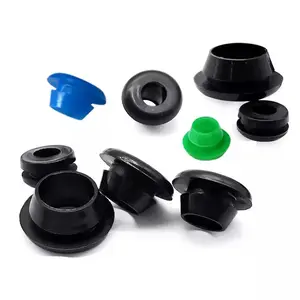









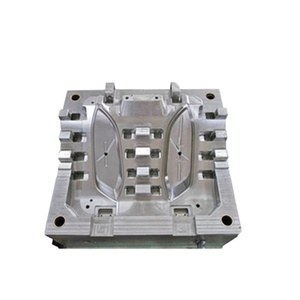



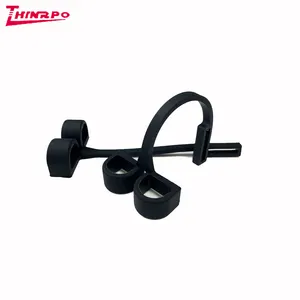
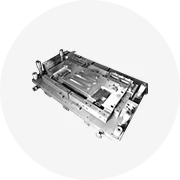
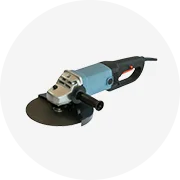

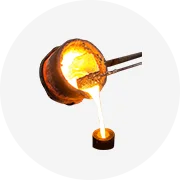
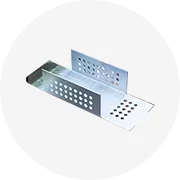
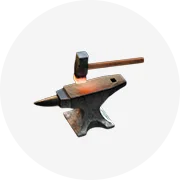








 浙公网安备 33010002000092号
浙公网安备 33010002000092号 浙B2-20120091-4
浙B2-20120091-4